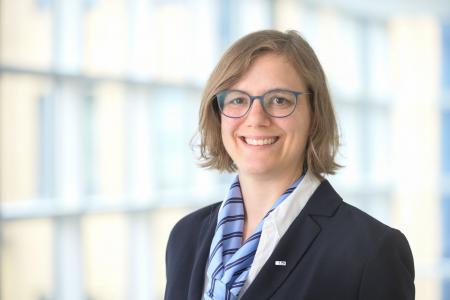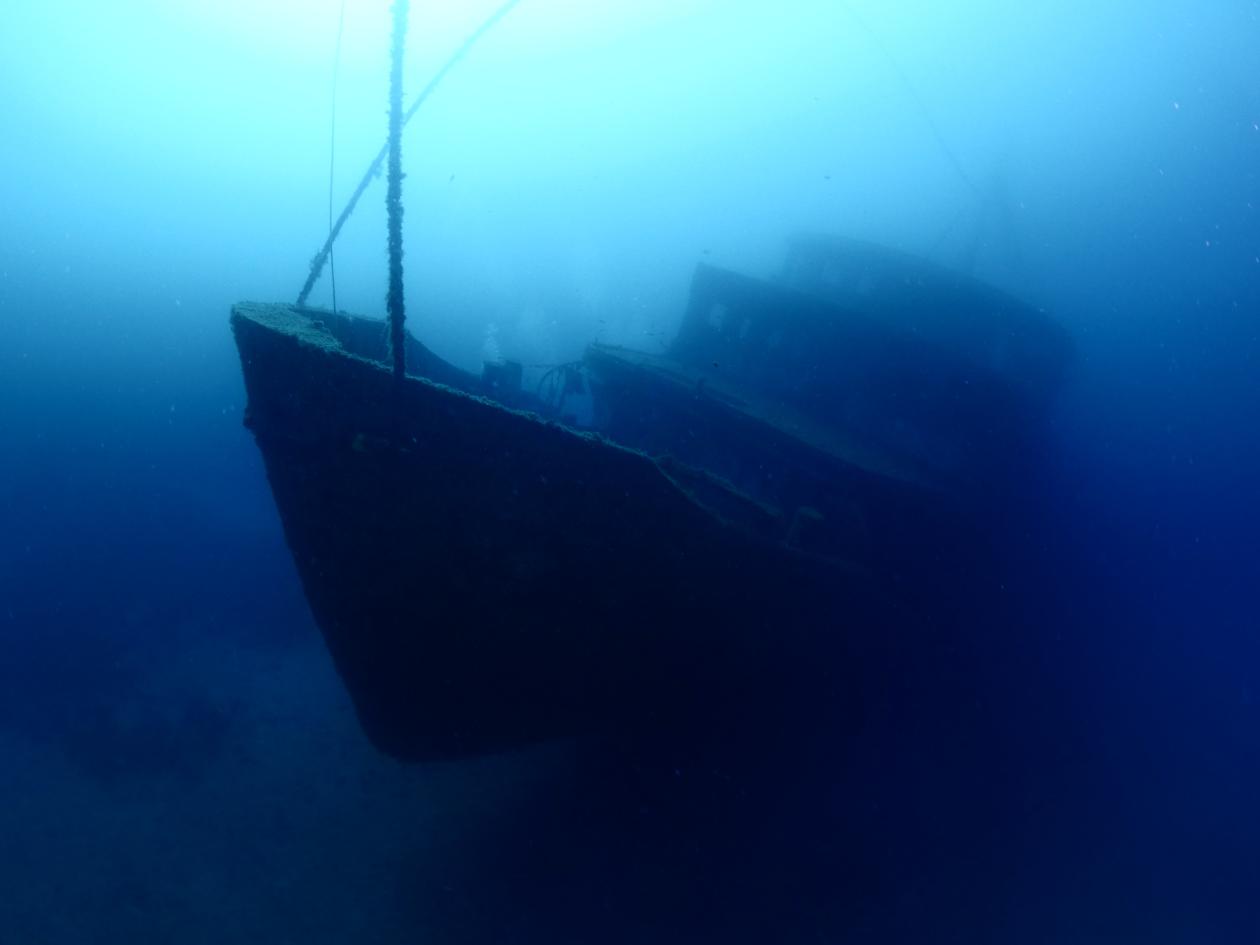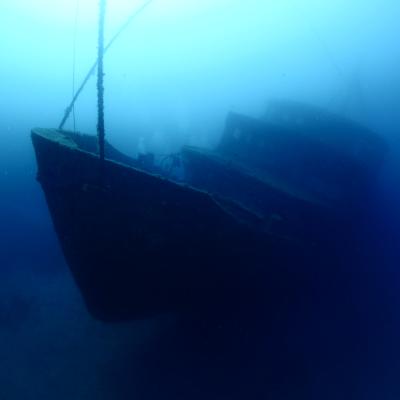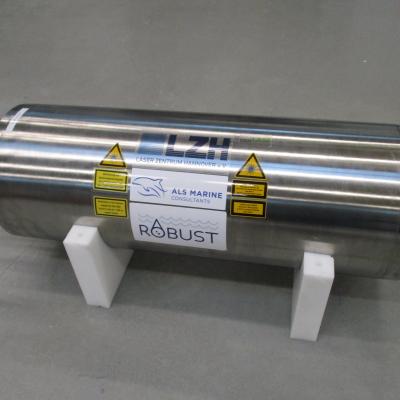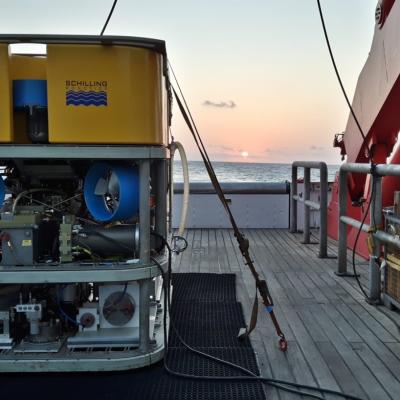LZH develops LIBS system for exploring cultural artefacts submerged in the sea
Investigating monuments, shipwrecks or other artifacts such as statues or mosaics that have sunk into the sea is time-consuming and expensive. In the EU project NERITES, European companies and research institutions from five countries are now working together to find a new way to better record the condition of underwater cultural heritage in the sea. The project partners will develop a system for the remote measurement of chemical, ecological and geophysical indicators. This should work autonomously under water and thus save the high costs for divers.
LZH develops compact LIBS system for depths of 100 meters
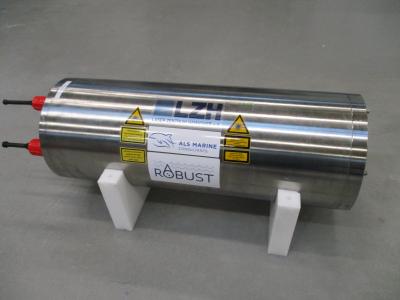
The LZH scientists will develop a compact system based on Laser Induced Breakdown Spectroscopy (LIBS). LIBS is a non-contact and virtually non-destructive method for analyzing chemical elements. A laser-induced plasma is generated, which can be used to analyze solids, liquids and gases. LZH can draw on the experience gained from the EU project ROBUST, in which a LIBS system to examine samples in the deep sea up to 6000 m was developed and successfully tested.
The LIBS system for the NERITES project should be able to measure whether and in what concentration metals such as iron, aluminum or zinc are present. The measurement will take place at a water depth of up to 100 meters and from a distance of approx. 20 cm. The scientists will use a green 532 nm double-pulse laser and a line scanner for this purpose.
One platform, several measurement technologies
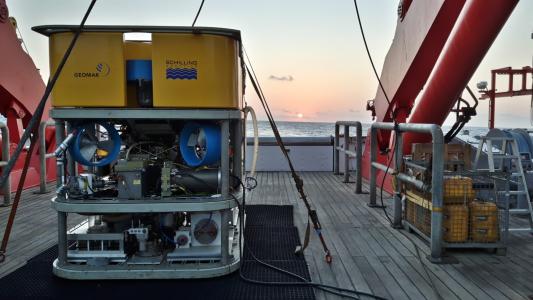
The partners are supplementing the system with other measurement technologies: a quantum cascade laser sensor will map hydrocarbons and carbonates, while image measurement systems will provide information on textures or colors. Together, they should provide a comprehensive overview of the condition of the underwater artefacts. One aim is to integrate the measuring systems onto a transportable platform. This is supplied with power from an energy and data docking station and can therefore work and communicate autonomously.
Background: Protecting underwater cultural assets
Coastal and marine regions harbour a rich but hidden cultural diversity that represents an important body of knowledge for human civilization. This heritage is endangered by anthropogenic and natural influences. Although some countries have introduced legal protection measures, the monitoring and preservation of underwater archaeological sites remains a challenge. Improving monitoring technologies and innovative approaches to assess conditions and impacts are crucial for sustainable preservation.
The project "Systematic autonomous remote surveying of underwater cultural heritage monuments and artefacts using non-destructive, cost-effective and transportable platform" (NERITES) is funded by the EU under the call HORIZON-CL2-2023-HERITAGE-01 of the Horizon Europe funding program. There is a project website at https://nerites.eu/.
The LZH will be presenting exhibits on lasers underwater at the Hannover Messe 2024 at the joint stand of the State of Lower Saxony, Hall 2 Stand A10.
Laser Zentrum Hannover e.V. (LZH)
As an independent, non-profit research institute, the Laser Zentrum Hannover e.V. (LZH) stands for innovative research, development, and consulting. Supported by the Lower Saxony Ministry of Economics, Transport, Building and Digitalization, the LZH is dedicated to selflessly promoting applied research in the field of photonics and laser technology. Founded in 1986, almost 200 employees are now working at the LZH.
The LZH offers solutions to current and future challenges with its smart photonics. Along the process chain, natural scientists and engineers work interdisciplinary together: from component development for specific laser systems or for quantum technologies to process developments for a wide variety of laser applications, for example for medical and agricultural technology or lightweight construction in the automotive sector. 18 successful spin-offs have emerged from the LZH to date. Thus, the LZH creates a strong transfer between fundamental science, application-oriented research, and industry - and uses light for innovation.
